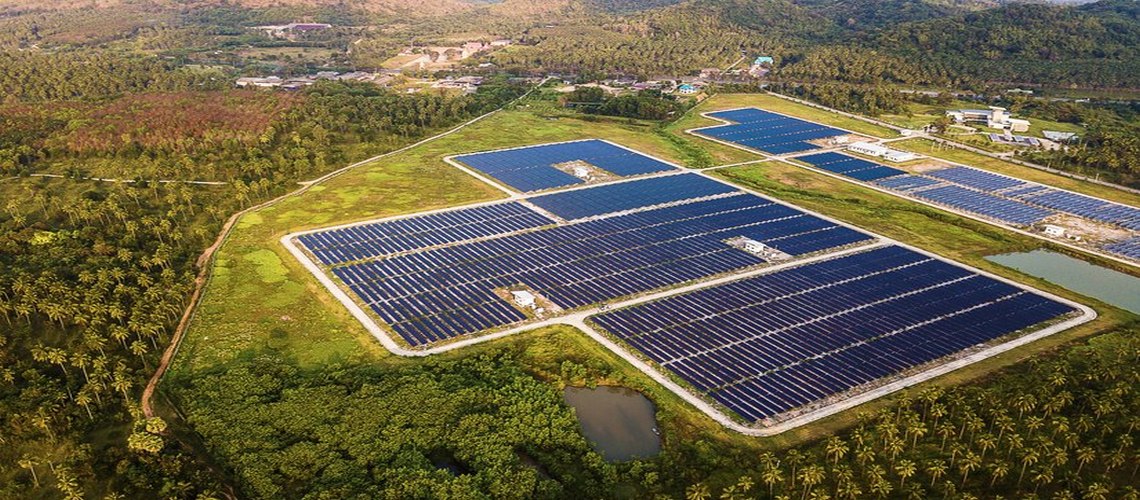What Does the Future Hold for Solar Energy in India? A Bright Path Ahead

The future of India’s energy landscape is shining brighter than ever, thanks to its commitment to solar energy. With sunlight almost all year round and innovative strides in technology, the country is well-positioned to lead the global transition to green energy. Solar power is no longer just another source of renewable energy; it’s the cornerstone of India’s ambitious target of achieving 500 GW of renewable energy capacity by 2030.
At Jindal India Renewable Energy Limited, we believe that the impact of solar energy goes beyond just environmental benefits. It has the potential to transform India’s socio-economic fabric by creating jobs, reducing energy imports, and fostering energy independence. So, let’s take a look into what the future holds for solar energy in this promising era.
A Rising Star in Renewable Energy
It’s no secret that India’s energy demands are skyrocketing due to rapid urbanisation, industrial growth, and a burgeoning population. To meet these growing demands, the country has set its sights on renewable energy, with solar power playing a key role. With a solar potential of about 748 GW, India can rank among the top solar power producers in the world.
But what makes solar energy so appealing? Its sustainability and versatility. Solar power generates energy without depleting natural resources or emitting greenhouse gases, aligning perfectly with the global need for a sustainable future.
Government’s Commitment to Solar Power
You’ll be glad to know that solar power in India has witnessed a 30-fold increase in adoption, with installed capacity growing from a mere 2.5 GW in 2014 to over 90 GW as of September 2024. This surge can be attributed to the Indian government’s initiatives such as the National Solar Mission and International Solar Alliance.
The government has also authorised the development of 50 solar parks across 12 states with capacities of 500 MW or more. Additionally, the 100 Smart City project also includes a mandatory provision of rooftop solar panels for new constructions. Favourable policies, subsidies and 100% foreign direct investment (FDI) combined further encourage individuals and businesses to adopt solar solutions.
Corporate Pioneers in Solar Energy
The country’s ambitious targets to scale renewable energy in India are not solely government-driven. You’ll be glad to know that Jindal India Renewable Energy (JIRE) is also focussing on solar cells and photovoltaic (PV) modules. We strongly believe that corporate efforts can be instrumental in making solar energy a viable alternative to traditional fossil fuels. Private investments in large-scale solar projects and collaboration with international partners can accelerate India’s transition to green energy while reducing the country’s reliance on imported solar technology.
Technological Advancements Lighting the Path Ahead
Government initiatives and corporate efforts aside, innovation is at the heart of India’s solar revolution. From high-efficiency solar panels to solar energy storage systems, technological advancements are unlocking new possibilities. Such breakthroughs will not only improve the efficiency of solar power but also lower installation and operational costs, making it more accessible to a broader population.
By exploring the diverse applications of solar cells and photovoltaic modules–from powering households to supporting agriculture, Jindal India Renewable Energy Limited aims to boost the use of solar technology in India. Moreover, we are looking into battery energy storage systems that will allow solar power to be stored for use during non-sunny hours.
Final Thoughts
The path to a greener, sustainable future is illuminated by solar energy. With supportive policies, active participation from industry leaders, and technological innovation, India is well on its way to achieving renewable energy targets. As the sun rises each day, so does the promise of a brighter, cleaner tomorrow powered by solar energy.